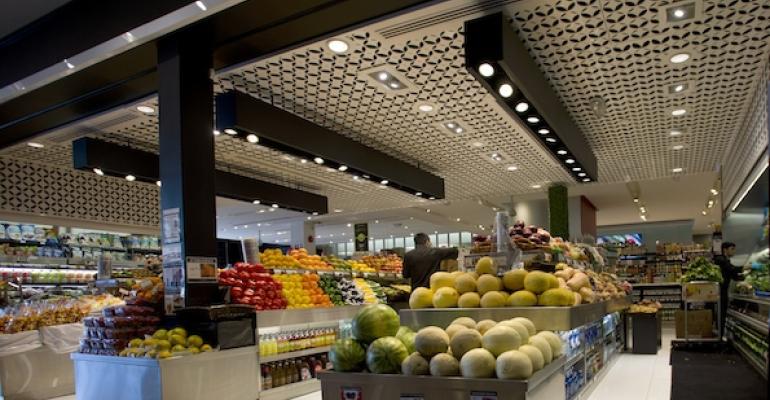 This post is part of the On the Margin blog.
This post is part of the On the Margin blog.
When food costs skyrocketed in 2014, grocers responded by raising prices — as anybody who bought steak or bacon that year can attest.
Food at home inflation that year was 3.7 percent.
These costs hit restaurants, too, and many of them similarly raised menu prices, but at a somewhat lower rate of 3 percent.
By January of 2015, with gas prices falling and the weather good, consumers opted to eat away from home. Same-store sales rose 6.1 percent that month, according to Black Box Intelligence, and 5.3 percent according to MillerPulse.
In 2015, food costs started coming back to earth. Prices for chicken and pork fell, and beef costs started to ease. Grocers lowered prices accordingly. Food a home inflation in December of last year was down 0.4 percent from the previous year.
But restaurants kept raising prices. Menu prices rose 2.6 percent in December from the previous year, according to federal data.
Traffic, perhaps not coincidentally, was flat last year.
That trend has continued so far in 2016. In April, retail food costs were down 0.3 percent from the previous year. But restaurants’ menu prices were up 2.7 percent. That’s a gap of 3 percent. And it’s noticeable.
Restaurant sales, meanwhile, appear to be taking a hit.
To be sure, it’s not the only potential explanation. Executives note weather was cold in the spring, and some referred to consumer “skittishness.” Also, we’ve noted that perhaps the industry expanded too quickly, while independents are taking share back from chains this year.
Still, it’s difficult to keep your eyes off those pricing numbers. And it’s also difficult to not think of rising labor costs.
Restaurants are labor-intensive businesses. While a typical restaurant spends about 29 percent of its revenues on food and paper, it spends even more, 30 percent, on labor.
By comparison, grocers spend a lot less — roughly 14 percent in recent years on average, according to the National Grocers Association. While grocery stores certainly worry about labor costs, while also operating on thin margins, they are still more able to withstand minimum wage, overtime and healthcare costs than can restaurants.
And because they employ more people, they feel the impact of organically rising wages because of competition for labor. Wages in the industry are up 3.9 percent so far this year.
While the industry is more willing to look at technology like kiosks and software, much of that has yet to take hold in restaurants, at least so far. And there remains debate among executives about whether things like kiosks will even reduce labor costs at all. Further menu prices seem to be almost a certainty.
There’s no question that consumers like eating out. But they also have budgets to worry about. Their healthcare costs are rising. They have student loans and new car payments.
When consumers go to a grocery store and see that prime rib is on sale for $6.99 a pound when a year ago it was $8.99, they put some in their cart and enjoy a special night at home — eliminating a potential restaurant visit in the process.
Or they might get some prepared food. Convenience stores and grocers have aggressively upped their prepared food game in recent years, and consumers are taking notice. Prepared food sales at c-stores like Wawa and Casey General Stores, as well as Costco, rose last year at rates easily besting most restaurant chains.
Because restaurant chains raised prices in response to rising food costs, they might not have that much pricing power to respond to higher labor costs. That means this dynamic could continue for the next couple of years.
Contact Jonathan Maze at [email protected]
Follow him on Twitter at @jonathanmaze

